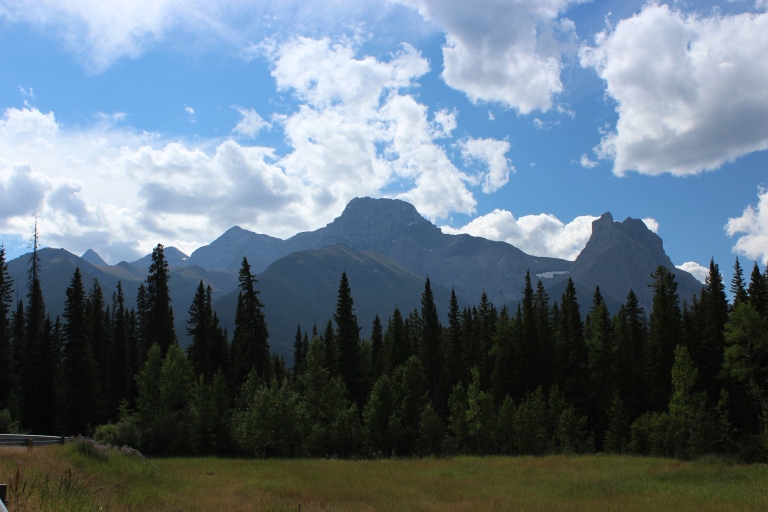The Municipal District of Peace No. 135, which has been celebrating its centenary in 2016, hosted the unveiling of the two latest Provincial Heritage Markers on August 24. The first marker details the rich history of the region’s fur trade and the competition between the Hudson’s Bay Company and the North West Company, as well as the crucial participation of First Nations people as trappers and provisioners. The second marker highlights the history and growth of agricultural settlement in the area at Shaftesbury Settlement. The unveiling was attended by Leah Miller, Board Member of the Alberta Historical Resources Foundation, who brought greetings from the Board and Minister of Culture and Tourism, Ricardo Miranda.

The Shaftesbury Settlement marker was installed at the St. Augustine’s Mission Site in September 2015, while the Peace River Fur Trade marker was installed at the site of the McLeod’s Fort Cairn on Highway 684 in December 2015. The Provincial Heritage Marker Program promotes greater awareness of the provincially-significant people, places, events and themes that have defined the history and character of our province. The public plays an important role in the program, and we welcome applications from groups or individuals who want to propose topics and locations for future markers, including our popular urban/trail-sized markers, suitable for placement in towns, parks, and other locations with pedestrian traffic. For more information about the program, please visit our website.

Written By: Allan Rowe, Historic Places Research Officer












